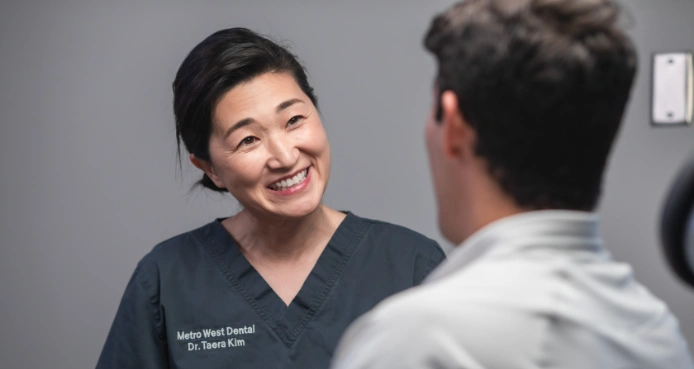The key to orthodontic tooth movement is applying continuous light pressure to teeth. This pressure is then applied to the bone, causing it to remodel and allowing the teeth to move. Traditional brackets or Invisalign are methods to apply this pressure to the bone.

Adults seek orthodontic care for various reasons, often including worn teeth, missing teeth, bone loss, TMJ pain, and gingival recession. Due to the complex nature of their oral conditions, treating each patient in private rooms with personalized care is recommended. The goal for adult patients is to achieve ideal function, characterized by a stable condylar position with adequate anterior and canine guidance and even pressure during closure. Establishing a clear goal and final vision—referred to as creating a blueprint—is essential for effective communication between the patient and the entire oral care team, which may include restorative dentists, dental specialists, oral surgeons, and physical therapists.
Contact us today at (402) 614-7022 to learn more about traditional braces therapy in La Vista, Nebraska, and the surrounding areas, including Elkhorn, Omaha and Papillion, Nebraska, and schedule your appointment with Dr. Kim.


 402-614-7022
402-614-7022